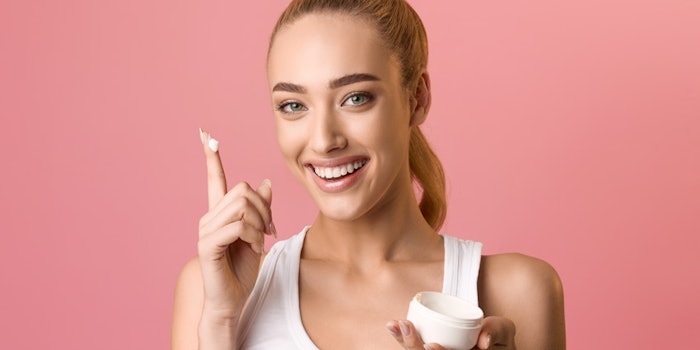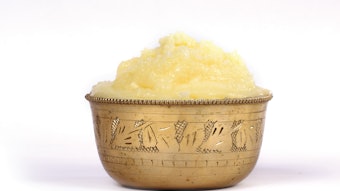
While the research surrounding the skin’s microbiome is exploding, studies suggest that scientists are just scratching the surface on these microbes’ potential effects on the skin and a person’s overall health.
Drew Coleman, vice president of sales and education for DMK International, provided Face & Body Southeast attendees an in-depth look at the skin’s microbiome, treatments that can have an adverse effect on the microbiome and microbiome-friendly ingredients to be on the look for in skin care.
A Closer Look at the Skin’s Microbiome
Coleman stated that a person has more microbes on their body than human cells. The human skin is host to millions of microbial organisms and provides the largest surface area for microbial growth. The skin microbiome is dominated by members of four phyla: actinobacteria, firmicutes, proteobacteria and bacteroidetes.
Coleman shared that when it comes to a healthy and thriving microbiome, biodiversity may be the key. Studies have been conducted on indigenous tribes of the Amazon and other remote regions. Reportedly, there were no cases of skin care diseases found on the people of these regions. Researchers believe that members of these tribes have a much higher diversity in their skin microflora.
Factors Impacting the Microbiome
According to research, it takes less than 24 hours for a person’s microflora to begin assimilating to a new environment (climate and geographical location) with pollutions and toxins having an adverse effect on the microbiome.
Coleman urged that industry professionals need to start perceiving the skin as an ecosystem composed of living biological and physical components occupying diverse habitats. When the skin’s microbiome is out of balance, disruptions can result in the good microflora can become bad, leading to an aged appearance, skin disorders, infections, redness acne and reactive skin.
Treatments
According to Coleman, certain treatments will have adverse effects on the microbiome. These treatments, which are disruptive to the local chemistry and lower the microbe diversity, include:
- Plasma pens
- Lasers
- Injectables
- Radiation
- Skin peels
Benefits of an Enhanced and Rebalanced Microbiome
- Strengthening the skin’s surface against environmental threats and enhancing the skin’s natural defense.
- Enhancing the skin’s ability to become—and stay—properly hydrated.
- Diminishing factors that trigger sensitized or reactive skins.
- Visibly improving signs of aging, pigmentation and dryness, including a tight and uncomfortable feeling.
- Restoring a healthy pH balance to the skin’s surface.
- Improving wound healing.
Microbiome-friendly Ingredients to Look for in Skin Care
- Mushroom extracts
- Green tea
- Garlic
- Thyme
- Botanical extracts
- Prebiotics
- Probiotics
- Postbiotics
- Ferments
- Mild surfactant and cleansing agents
- pH-balanced formulations










